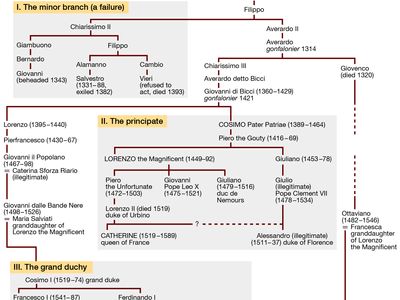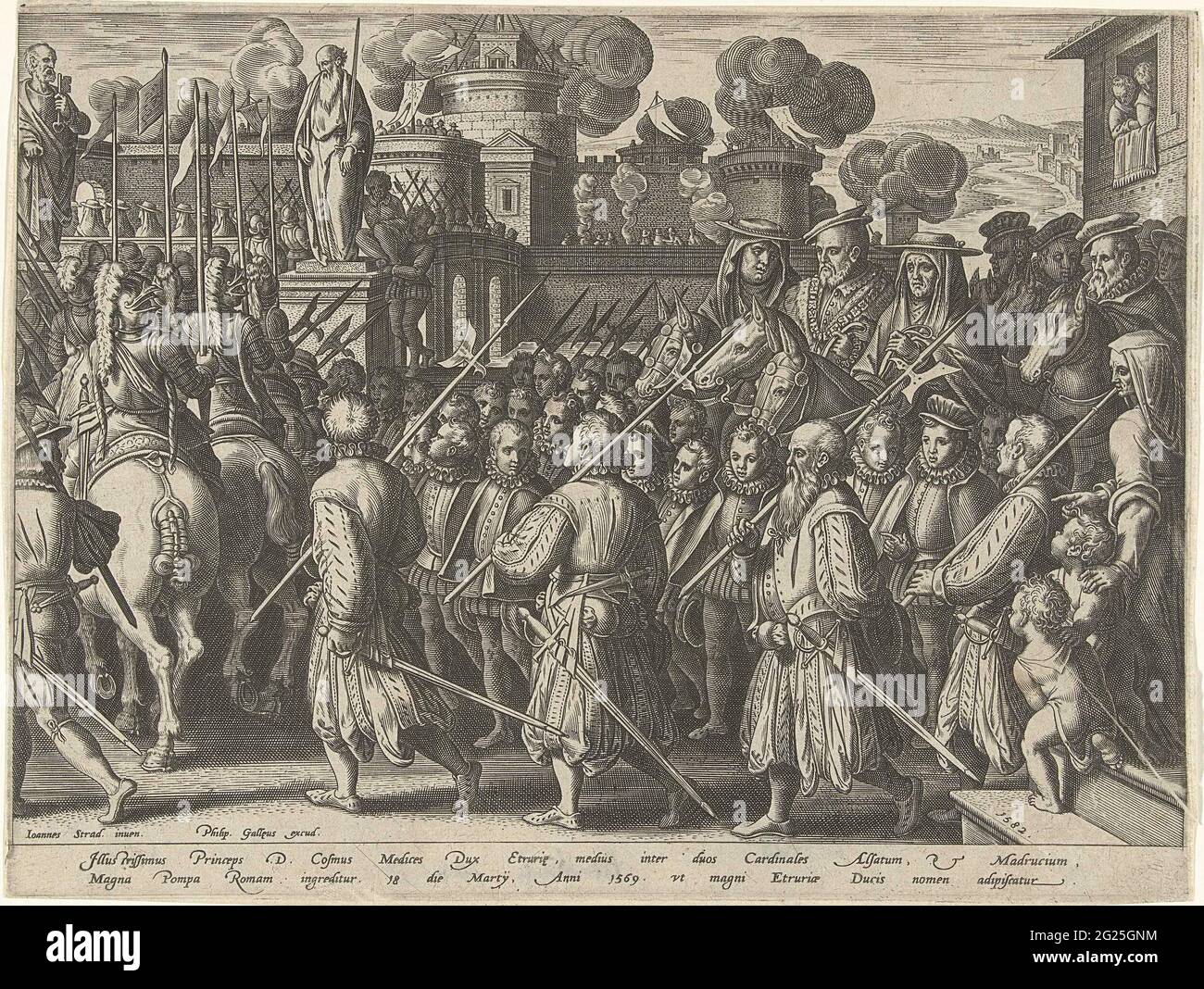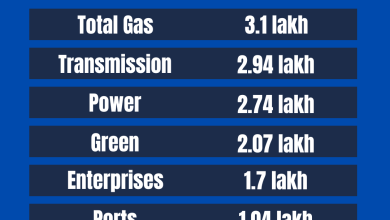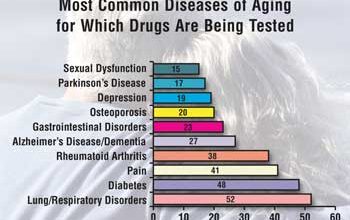Introduction And History of Grand Duchy of Tuscany: A Fascinating Journey

The Grand Duchy of Tuscany was a significant state in Italy. It existed from 1569 to 1859. This article will explore its history and importance.
What Is the Grand Duchy of Tuscany?
The Grand Duchy of Tuscany was a central Italian state. Its capital was Florence. The Medici family ruled it for many years. Tuscany is known for its art, culture, and history.

Credit: www.britannica.com

Credit: www.alamy.com
Early History of Tuscany
Before becoming a grand duchy, Tuscany was part of the Etruscan civilization. The Etruscans were an ancient people who lived in Italy. They had their own language and culture. Later, Tuscany became part of the Roman Empire. After the fall of Rome, it was ruled by various groups.
The Rise of the Medici Family
The Medici family became powerful in the 15th century. They were bankers and patrons of the arts. Cosimo de’ Medici was the first to gain power. He used his wealth to influence politics and culture.
Florence: The Heart of Tuscany
Florence was the main city in Tuscany. It was a center of art and learning. Many famous artists lived there. Leonardo da Vinci, Michelangelo, and Botticelli are a few examples. The Medici family supported these artists.
Becoming a Grand Duchy
In 1569, Tuscany became a grand duchy. Pope Pius V granted this title to Cosimo I de’ Medici. He became the first Grand Duke of Tuscany. This marked the beginning of a new era.
Important Grand Dukes of Tuscany
Several grand dukes played key roles in Tuscany’s history. Here are some of them:
- Cosimo I de’ Medici: He was the first Grand Duke. He united Tuscany and improved its economy.
- Ferdinando I de’ Medici: He promoted trade and science. He also built new ports.
- Leopold II: He was the last ruling grand duke. He introduced reforms and improved agriculture.
The Role of Art and Culture
Tuscany was a center of the Renaissance. The Medici family supported many artists and thinkers. This led to a cultural boom. Florence became a hub for art, science, and literature.
The Decline of the Grand Duchy
In the 18th century, Tuscany faced many challenges. The Medici family line ended in 1737. The Duchy was then ruled by the Habsburg-Lorraine family. The Napoleonic Wars also affected Tuscany. Napoleon took control of it in 1801. Tuscany was later returned to the Habsburgs.
The End of the Grand Duchy
The Grand Duchy of Tuscany ended in 1859. It became part of the Kingdom of Sardinia. Later, it became part of the unified Kingdom of Italy. This marked the end of an era.
Legacy of the Grand Duchy of Tuscany
The Grand Duchy of Tuscany left a lasting legacy. Its art, culture, and history are still celebrated today. Florence remains a major cultural center. Tourists from all over the world visit Tuscany to see its historic sites.
Key Events in the History of Tuscany
| Year | Event |
|---|---|
| 1569 | Cosimo I de’ Medici becomes the first Grand Duke |
| 1737 | Medici family line ends |
| 1801 | Napoleon takes control of Tuscany |
| 1859 | End of the Grand Duchy |
Frequently Asked Questions
What Is The Grand Duchy Of Tuscany?
The Grand Duchy of Tuscany was an Italian state that existed from 1569 to 1859.
Who Founded The Grand Duchy Of Tuscany?
Cosimo I de’ Medici founded the Grand Duchy of Tuscany in 1569.
Where Is Tuscany Located?
Tuscany is located in central Italy, known for its landscapes and cultural history.
What Was The Capital Of Tuscany?
Florence was the capital of the Grand Duchy of Tuscany.
Conclusion
The Grand Duchy of Tuscany played a crucial role in Italian history. Its rich cultural and artistic heritage continues to inspire. The Medici family, in particular, left a lasting mark. Understanding Tuscany’s history helps us appreciate its contributions to art and culture.




